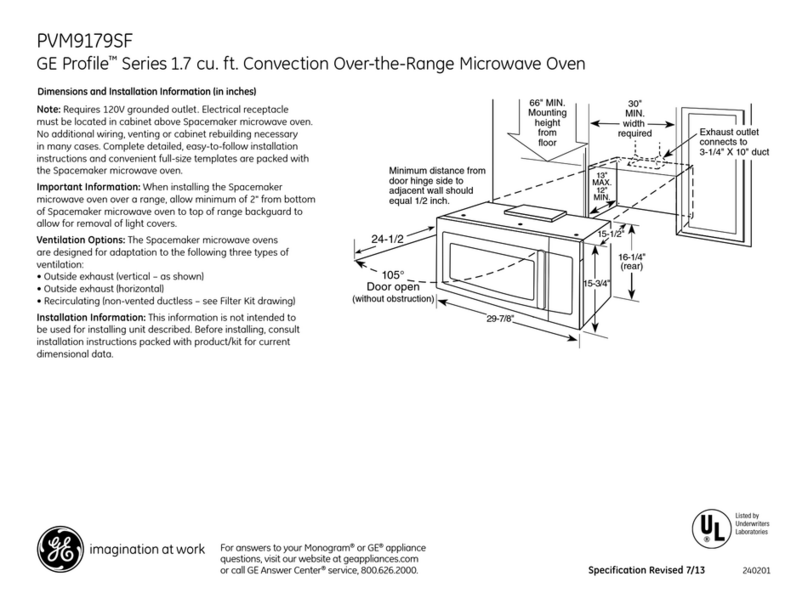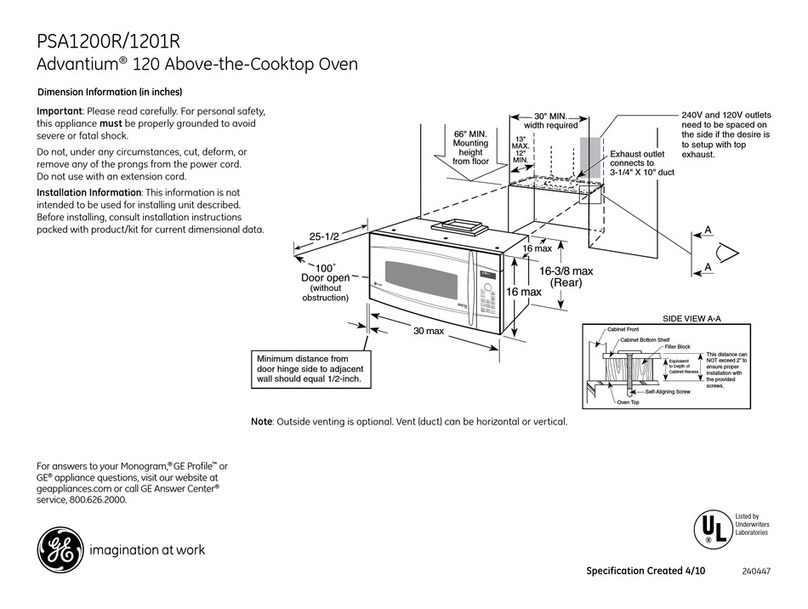GE JEM816 Installation instructions
Other GE Microwave Oven manuals
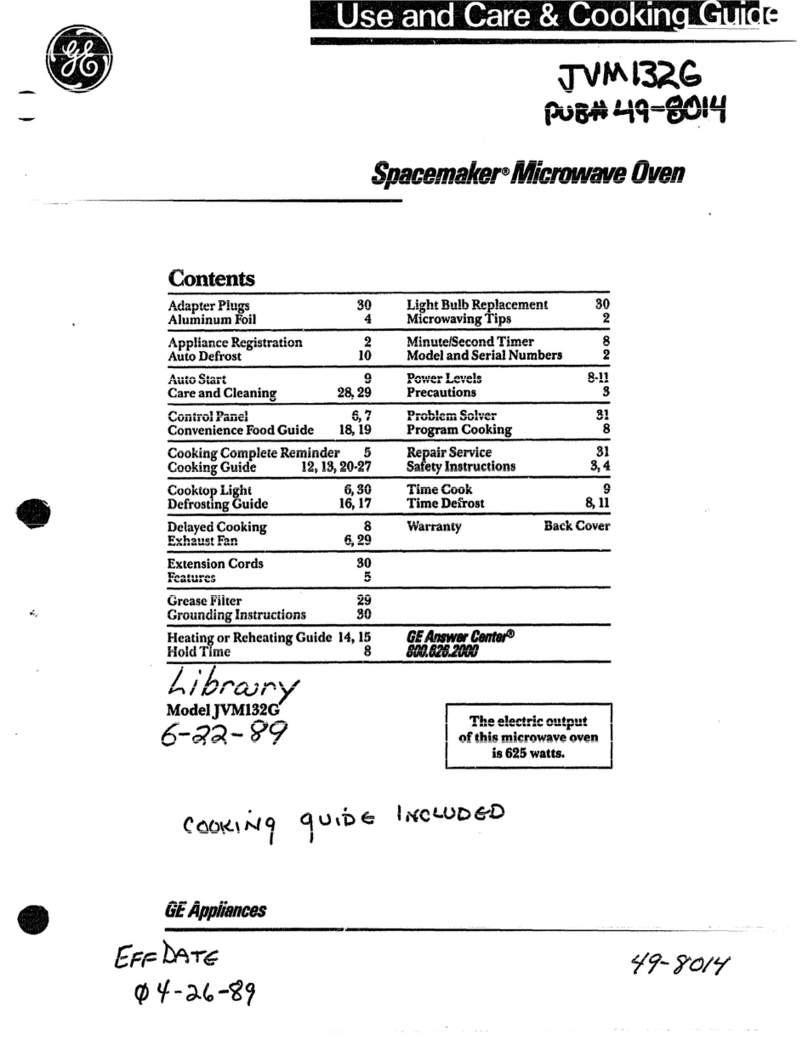
GE
GE Spacemaker JVM132G User manual
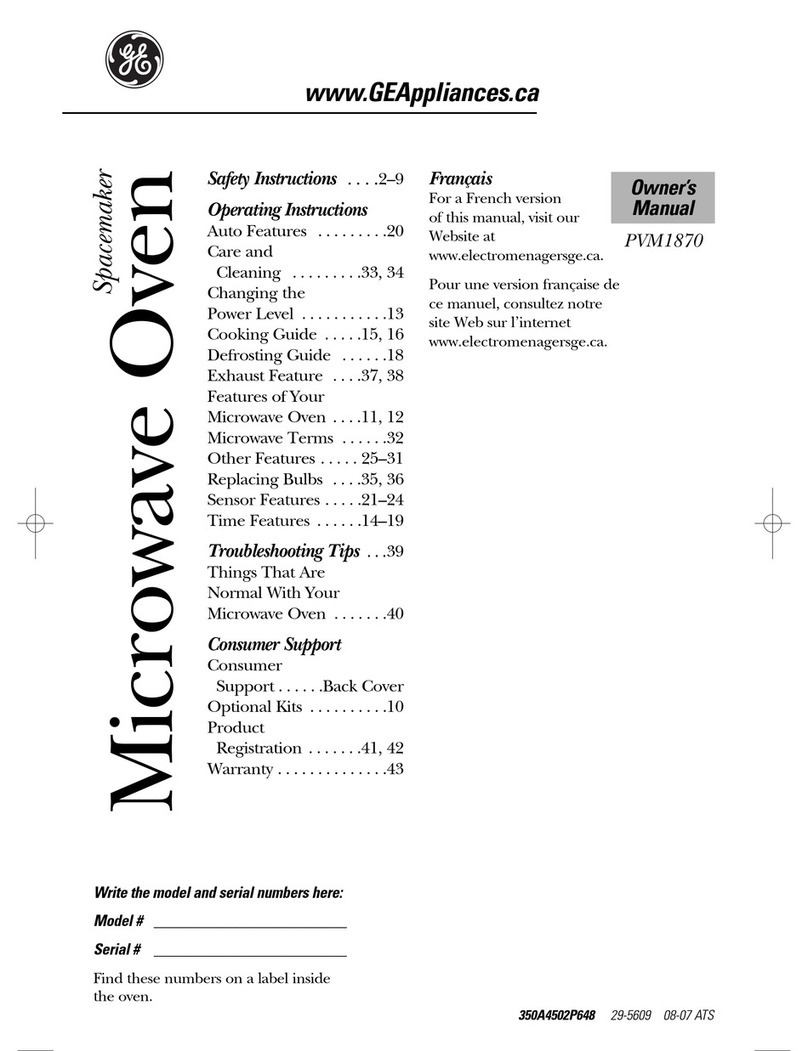
GE
GE Spacemaker 350A4502P648 User manual
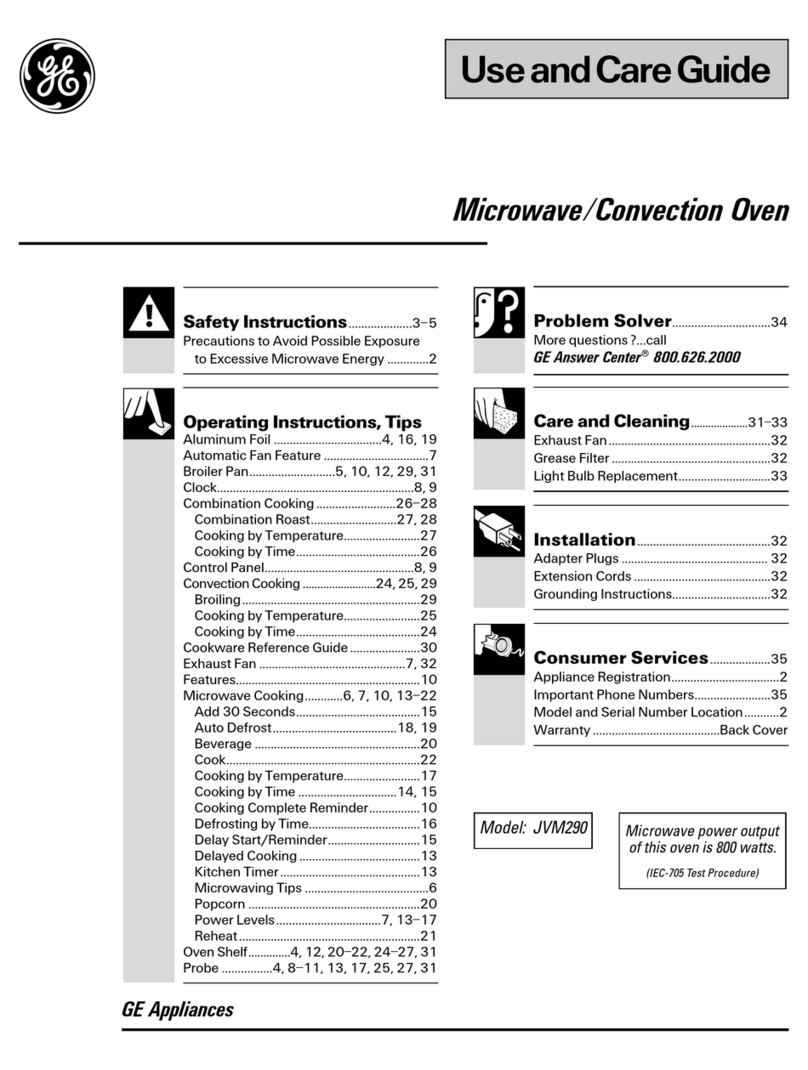
GE
GE 164D2966P147 User manual

GE
GE JHP66G Installation instructions
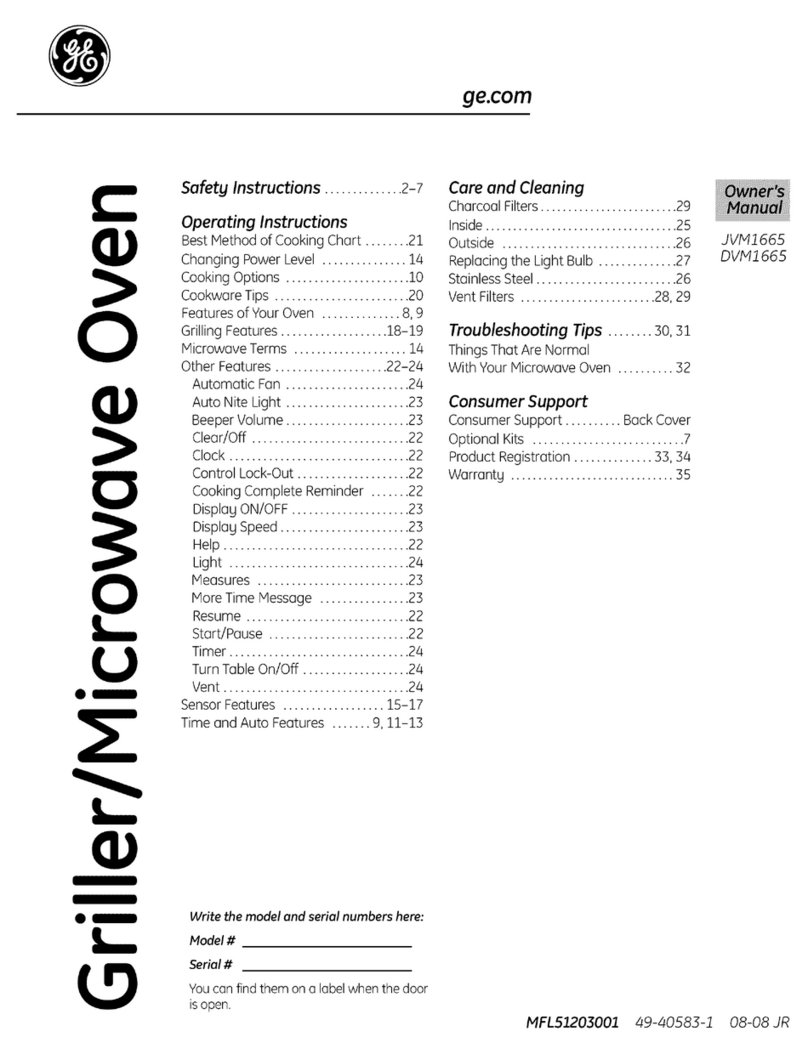
GE
GE JVM1665 User manual
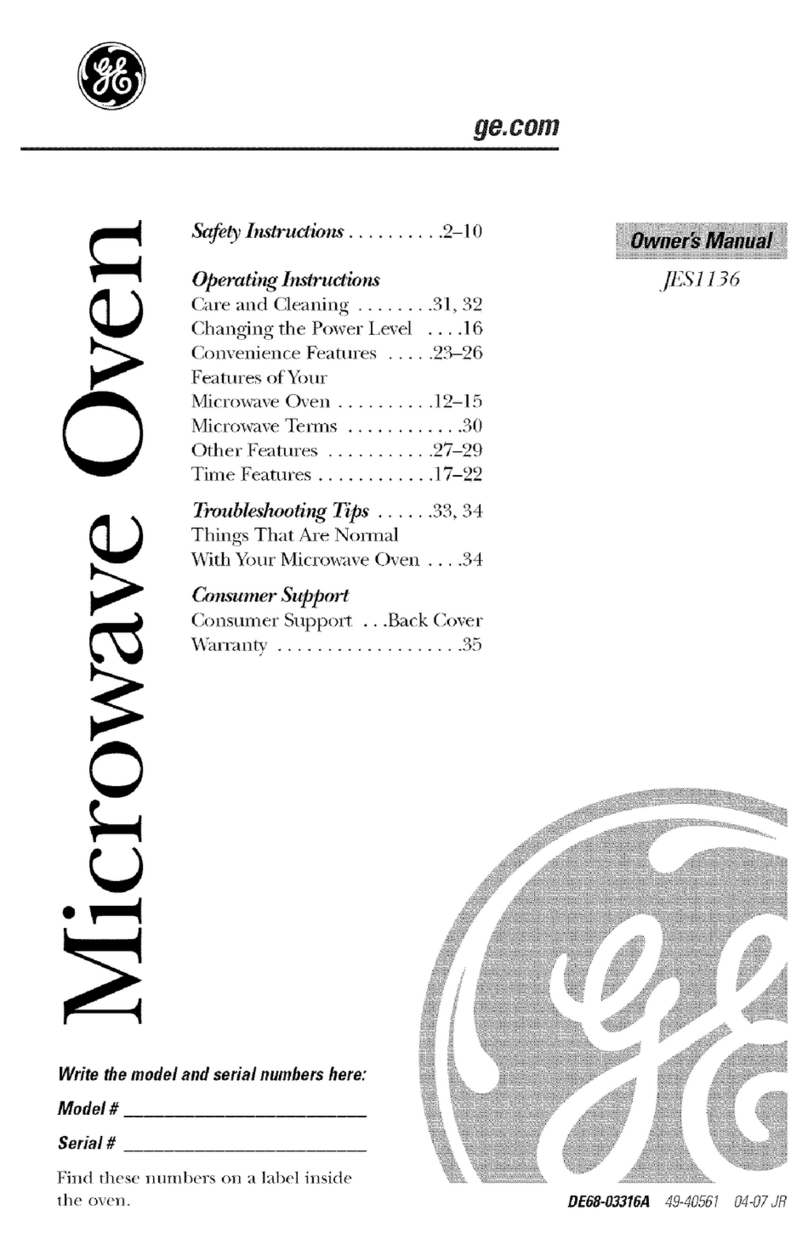
GE
GE JES1136 User manual
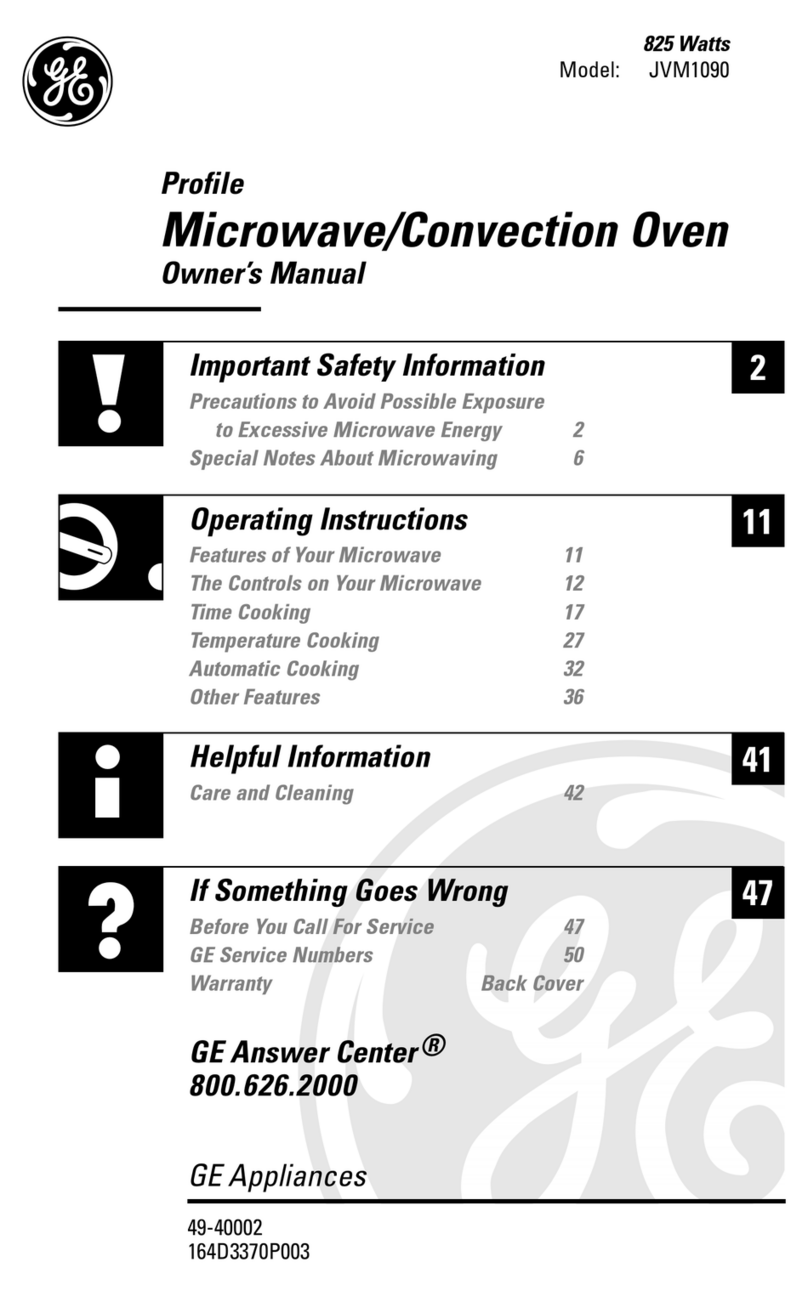
GE
GE Profile 164D3370P003 User manual
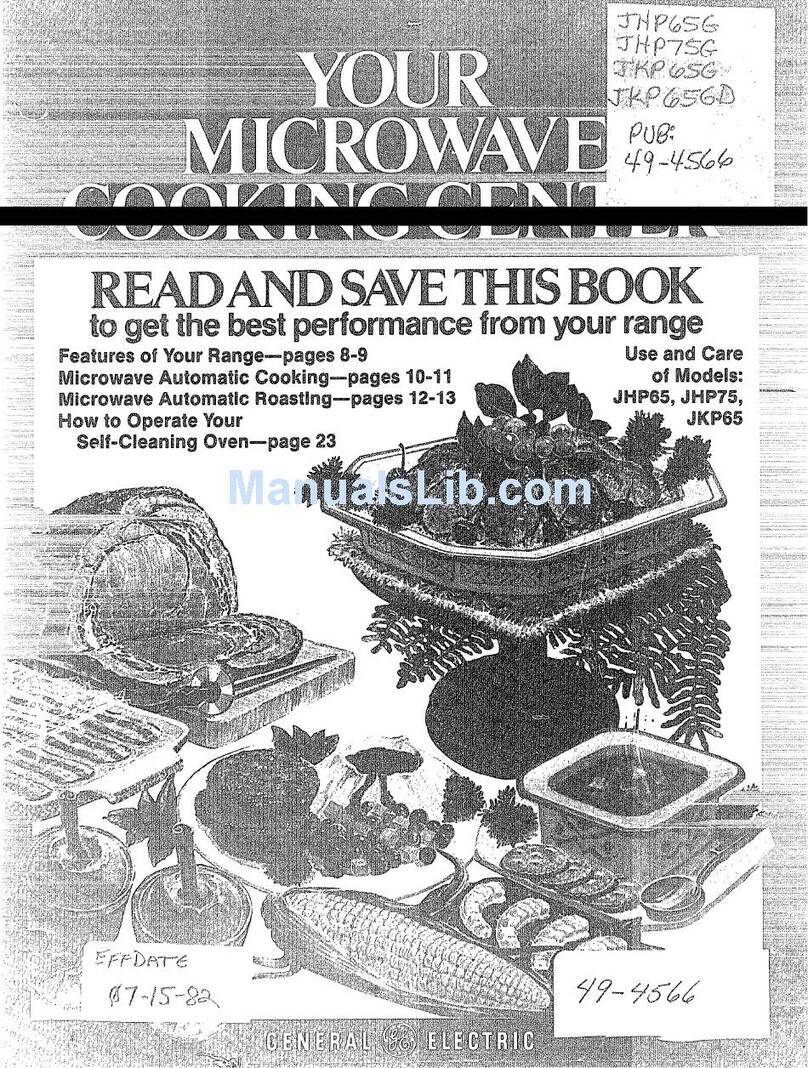
GE
GE JHP65 Installation instructions
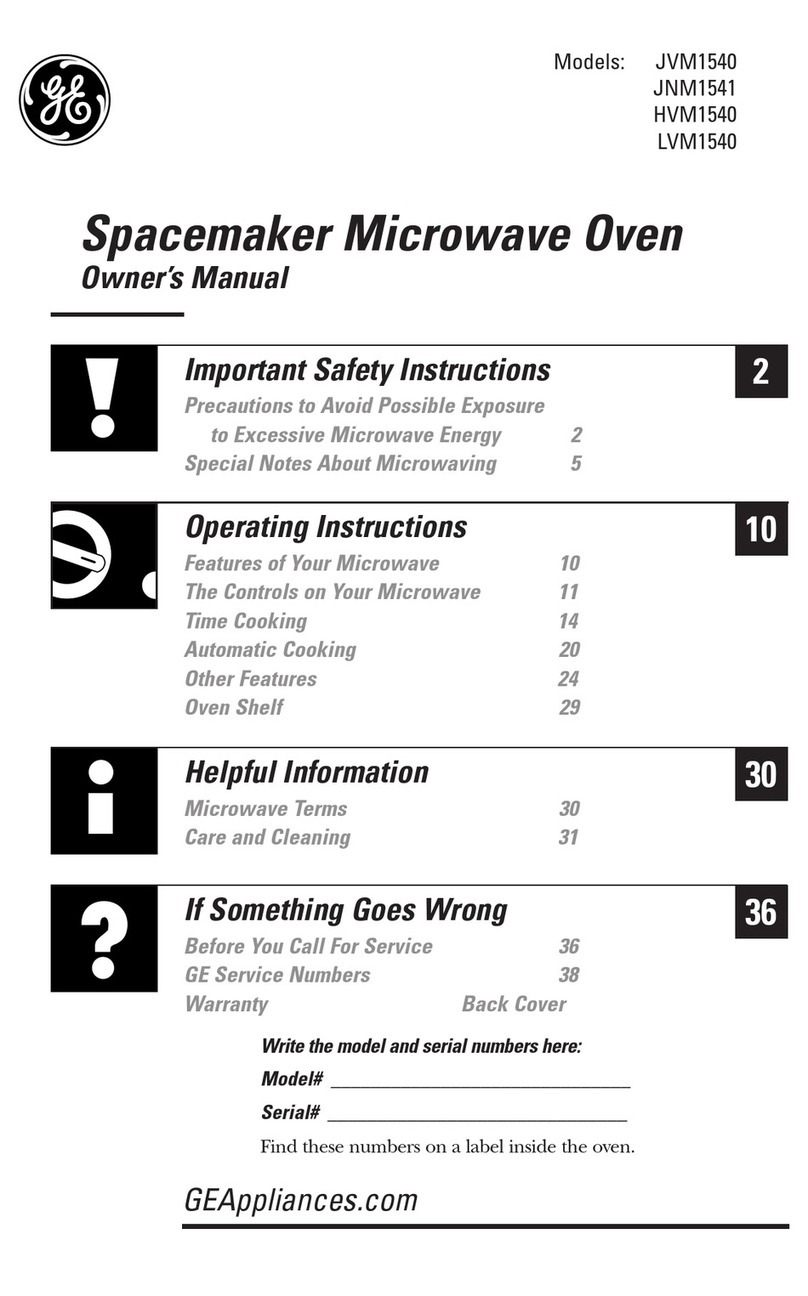
GE
GE Spacemaker 49-40614 User manual
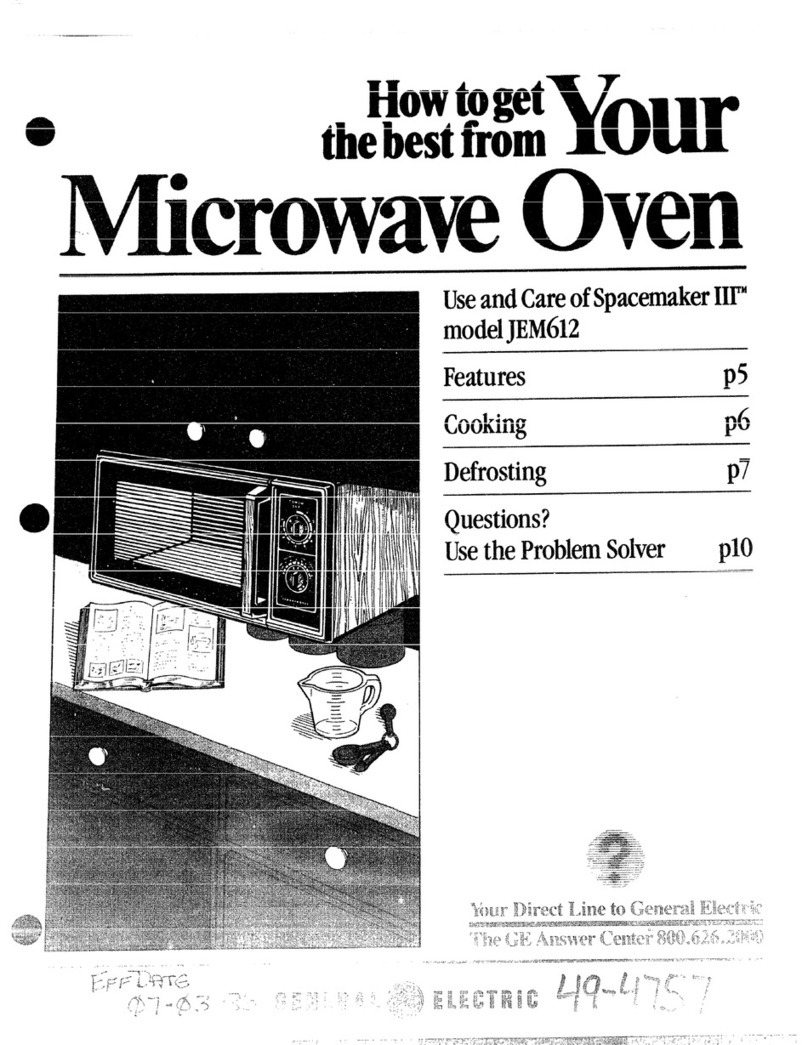
GE
GE JEM612 Installation instructions
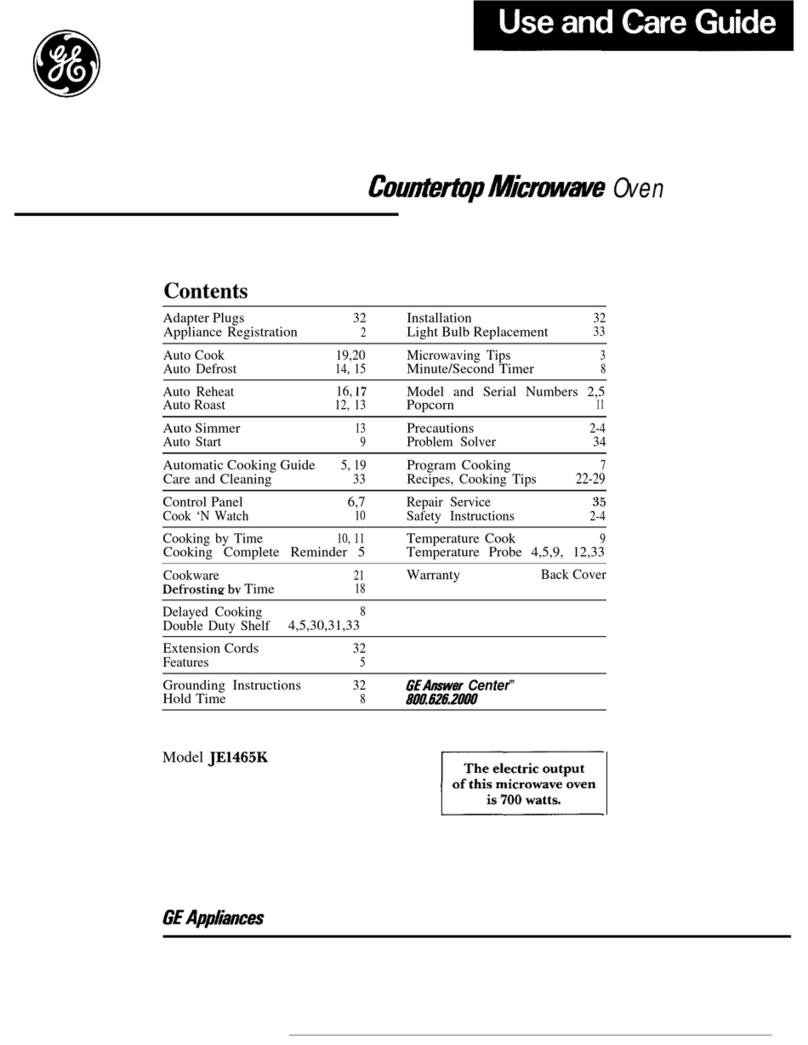
GE
GE JE1465K User manual
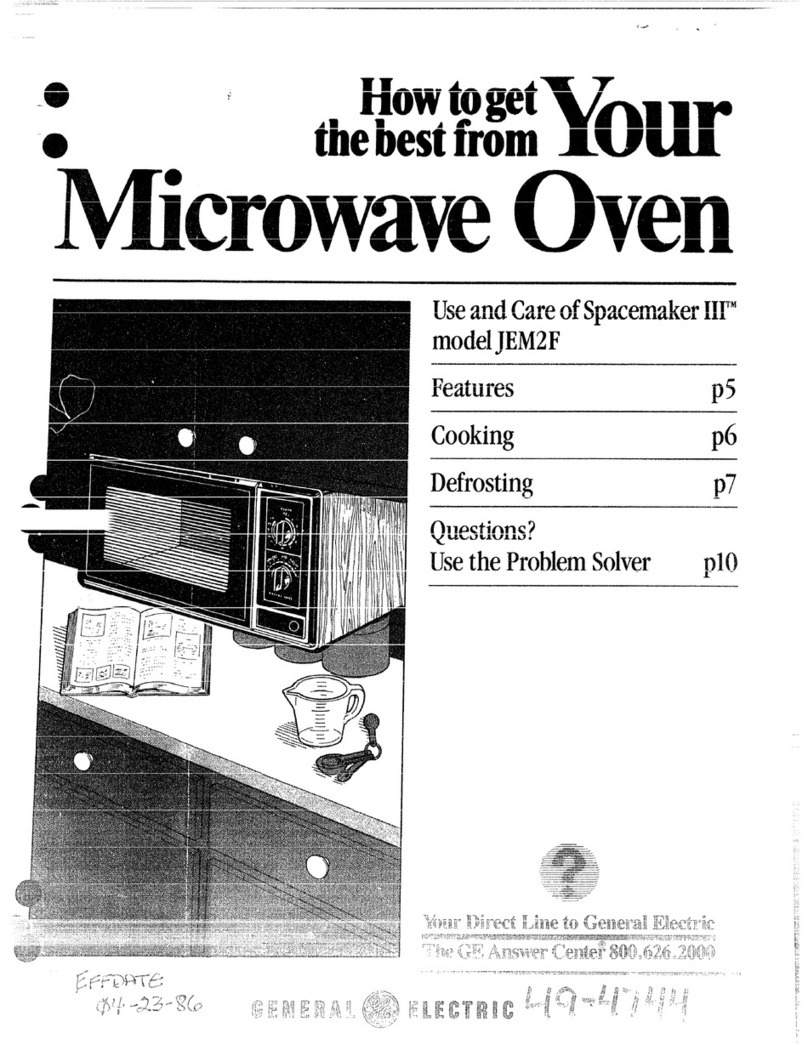
GE
GE JEM2F User manual
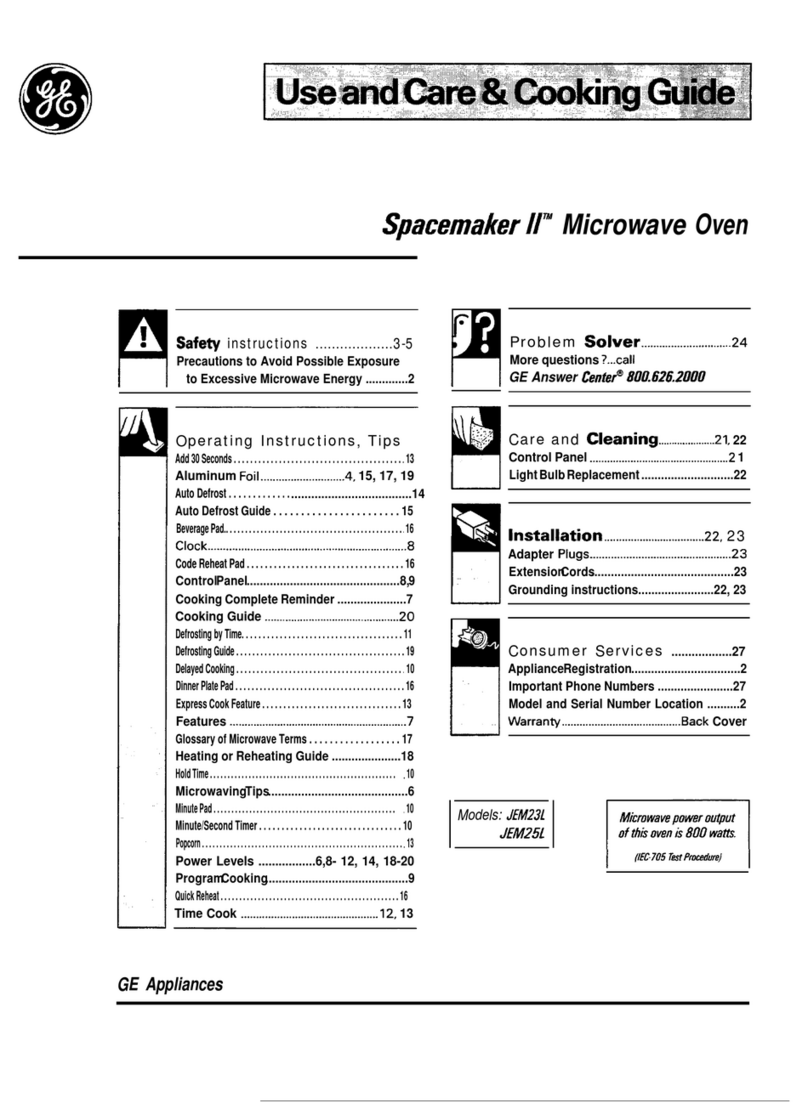
GE
GE Spacemaker II JEM23L Use and care manual
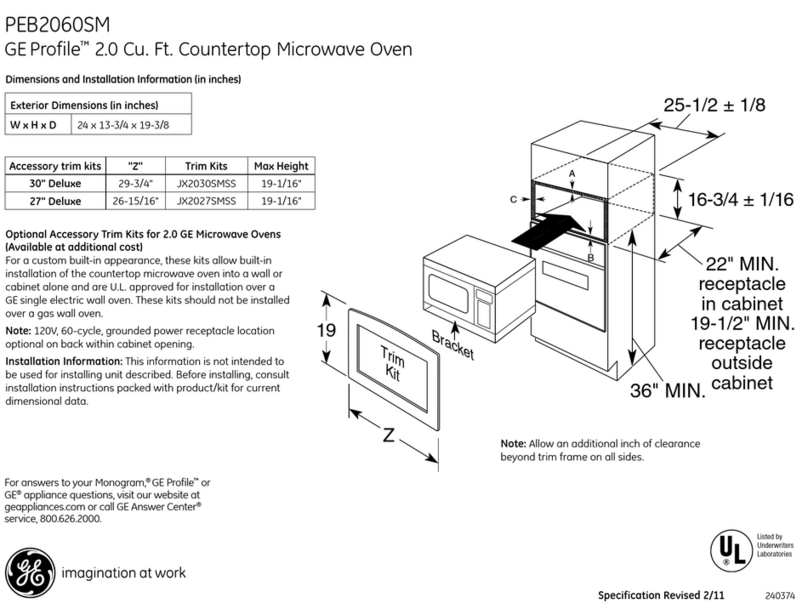
GE
GE PEB2060SMSS - Countertop Microwave Oven Manual
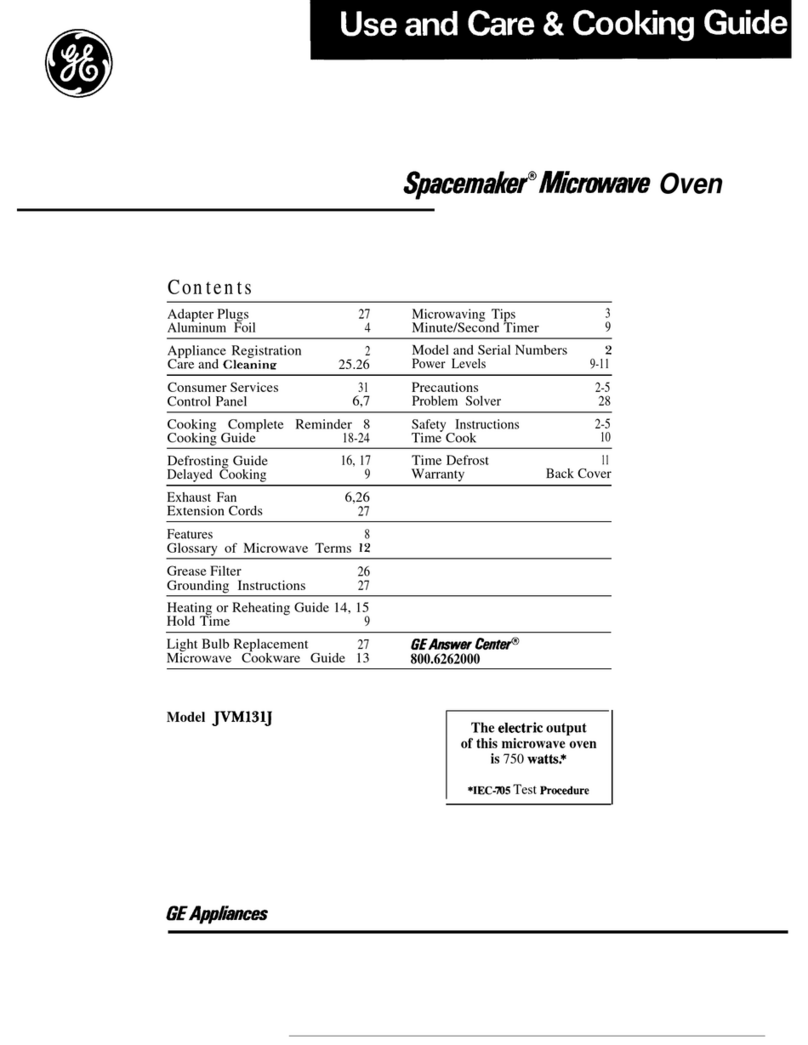
GE
GE Spacemaker 164 D2092P127 User manual
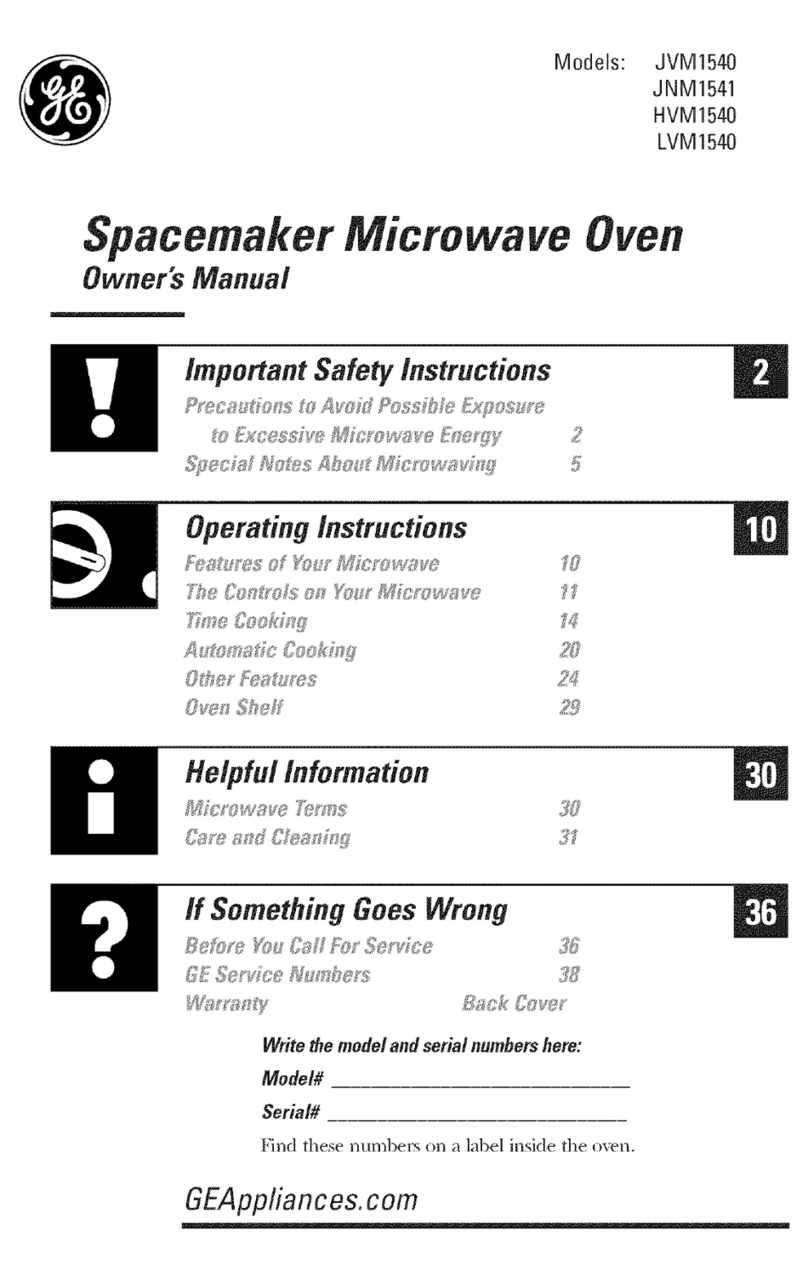
GE
GE Spacemaker JVM1540 User manual
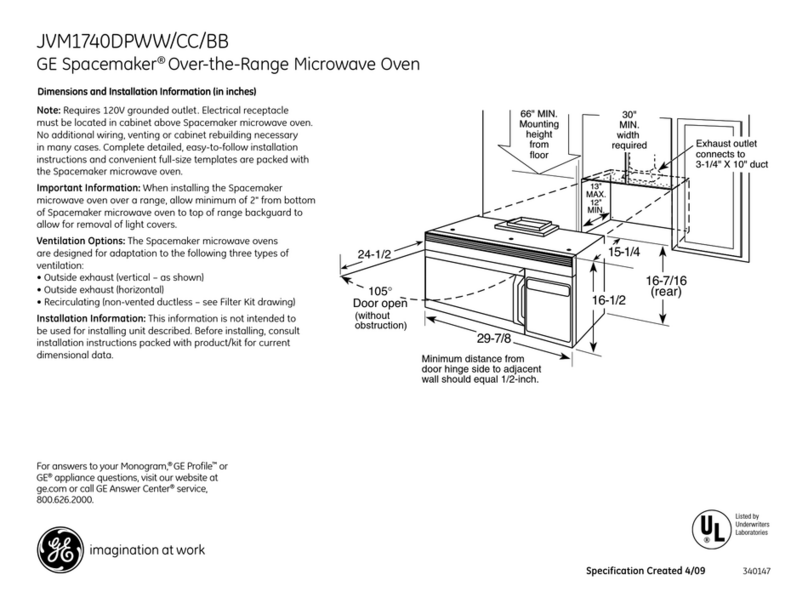
GE
GE Spacemaker JVM1740DP Manual

GE
GE JES0736 User manual

GE
GE JVM1429 User manual

GE
GE Spacemaker JVM60 Installation instructions
Popular Microwave Oven manuals by other brands

Conrad Electronic
Conrad Electronic 2372935 operating instructions

DAEWOO ELECTRONICS
DAEWOO ELECTRONICS KOR-6L8K5S83 Operating instructions & cook book

DAEWOO ELECTRONICS
DAEWOO ELECTRONICS KOR-1N5A9S Operating instructions & cook book

Daewoo
Daewoo KQG-6617G Operating instructions & cook book

Samsung
Samsung M1779 Owner's instructions

Miele
Miele H6200BM(TB) Operating and installation instructions

Jocel
Jocel JMO011480 instruction manual

Sharp
Sharp R-752M Operation manual with cookbook

Electrolux
Electrolux EVL8E00X user manual

STOVES
STOVES Q900GRF DO User, installation & servicing instructions

Daewoo
Daewoo KOR-6L0B3S Operating instructions & cook book

KitchenAid
KitchenAid KCMS1555 Use and care guide
